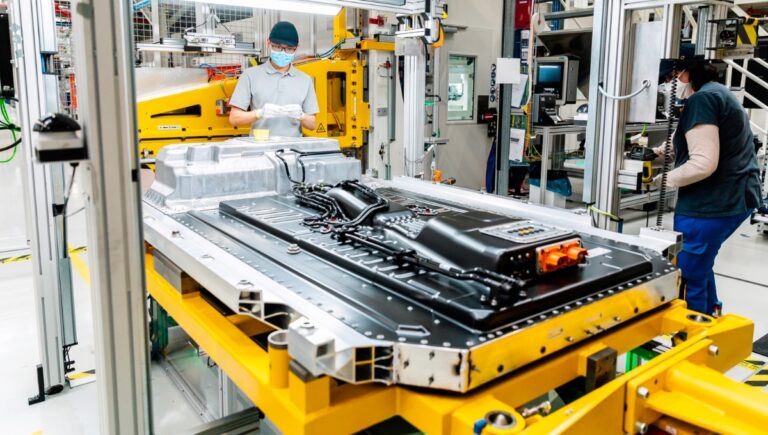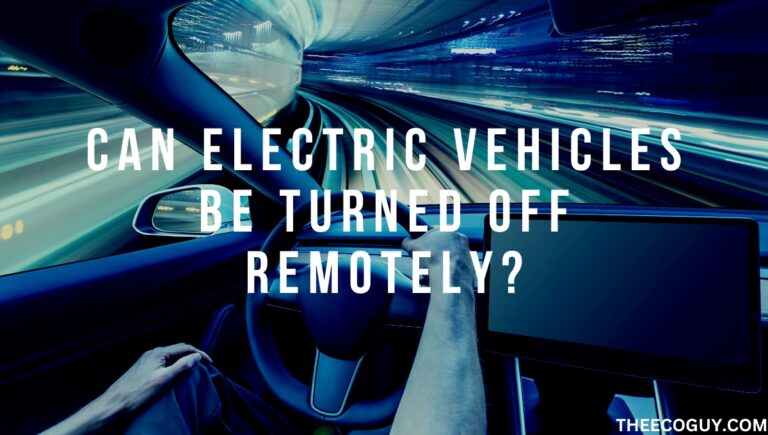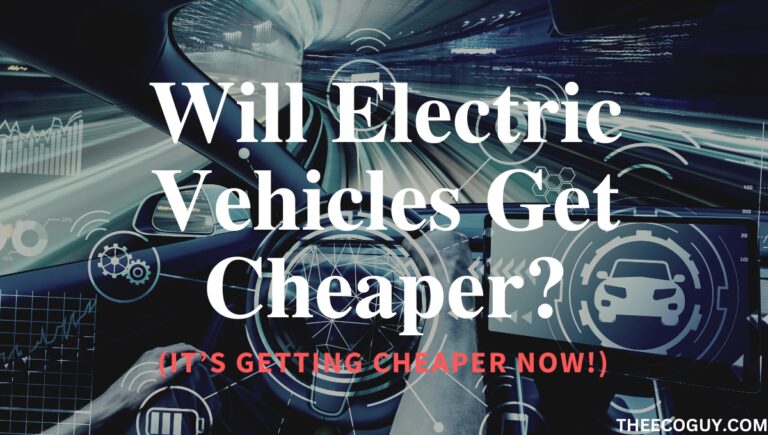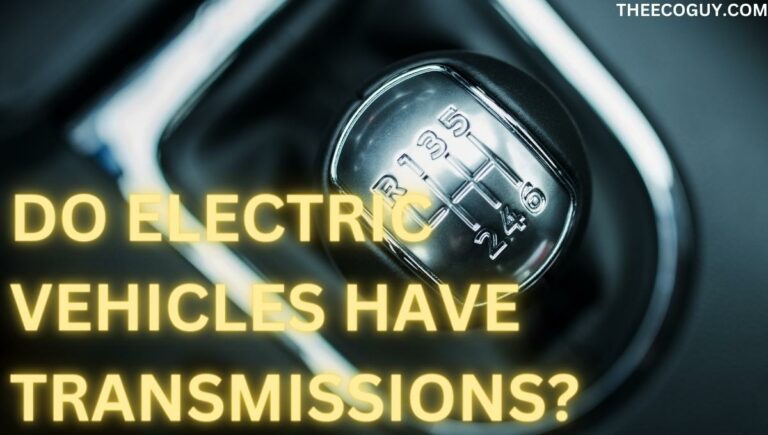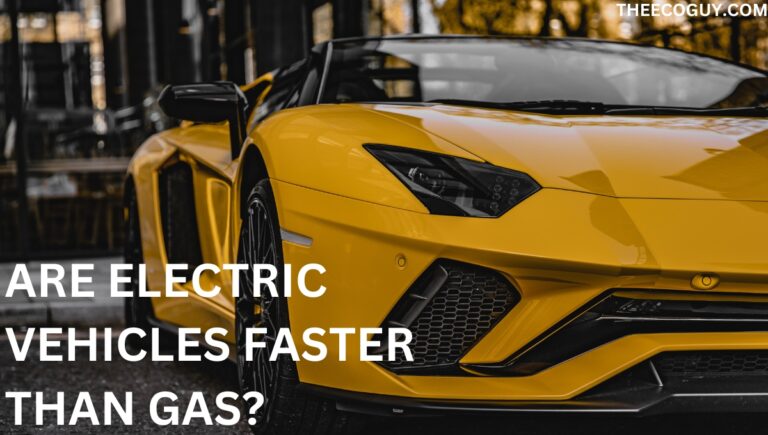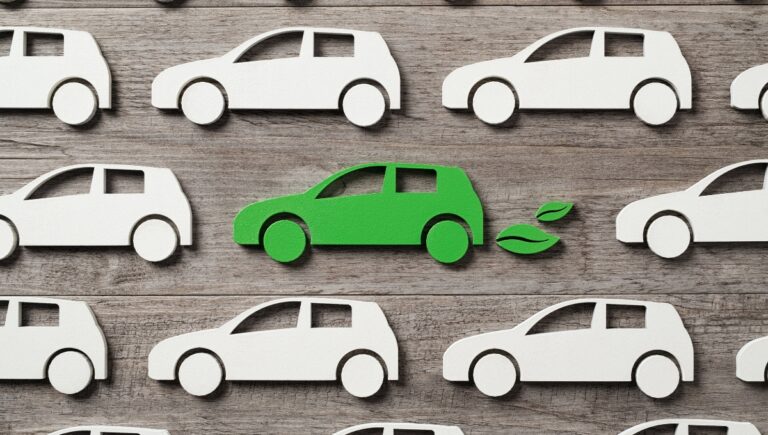How to Plan a Road Trip in Your Electric Car (In 10 Easy Tips!)
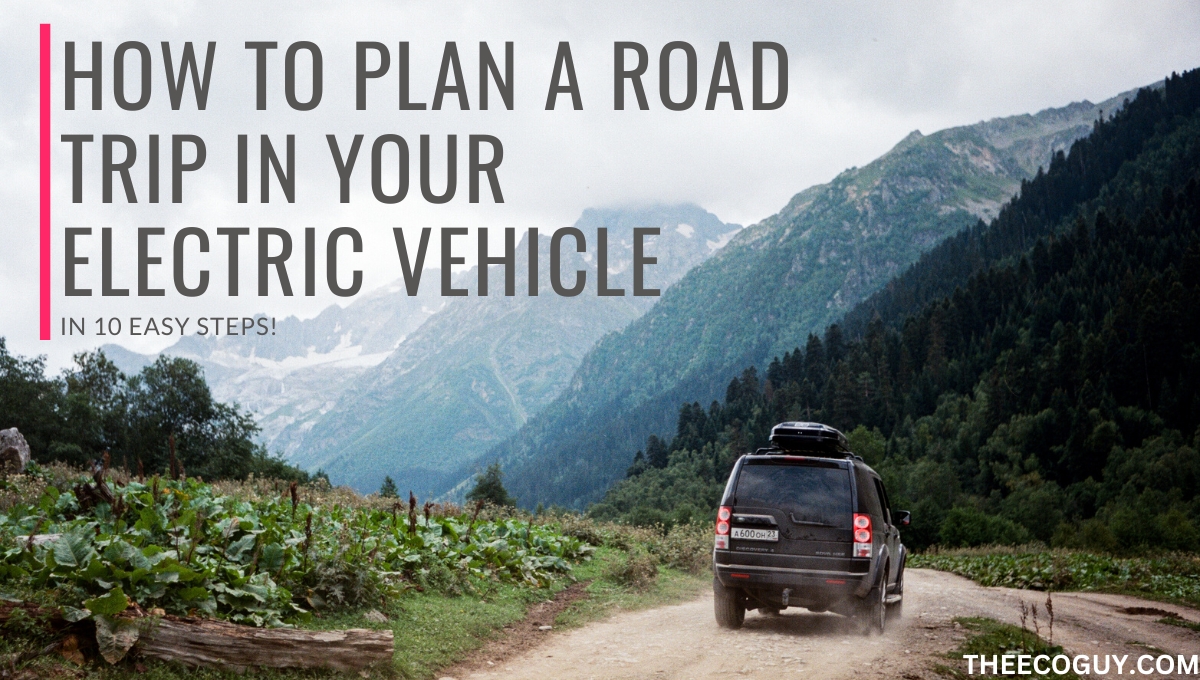
Introduction
Planning a road trip in an electric car can initially seem daunting, but it doesn’t have to be!
With proper planning and preparation, you can make sure your journey is successful and enjoyable.
This article will provide ten easy tips for planning a road trip in your electric car.
From mapping out your route to ensuring you have enough charge along the way, these tips will put your mind at ease and ensure your journey goes smoothly.
So read on to learn how to plan the perfect road trip in an electric car!
Tip 1: Know Your Car’s Range
Range anxiety is when you worry about running out of power when driving an electric vehicle (EV). Learn how far your car can go on one charge to ensure your journey goes smoothly. Factors like the weather and how much you drive can affect the range. It would be best to understand how to read your car’s range estimator, which will show miles and a percentage of charge left.

Tip 2: Map Out Your Route
Mapping out your route before you start your road trip will help you plan where the best charging stops are. Pay close attention to the estimated travel time and distance between each charge station and ensure these match your car’s range. If you need to adjust your route, it’s better to do this in advance rather than when you’re already on the road.
Most EVs have built-in navigation that factors in your state of charge, destination, and charging stations along the route. If you don’t have this feature, identify charging stations in the area you’ll be traveling and plan your route accordingly.
Tip 3: Check Your Charging Stops
It’s essential to ensure that your chosen charging stations are compatible with your EV and that they’re open. To do this, check out online resources like PlugShare or ChargePoint, which list all public charging locations. Reviews and ratings from other drivers can also help ensure your charging station is reliable.
For Tesla owners, the built-in navigation syncs up the Tesla Supercharger network and maps out your route.
Tip 4: Have a Backup Plan
It would be best to have a backup plan if something goes wrong. Make sure to research alternative routes and nearby charging stations if your original route is delayed or unavailable. You should also keep the phone numbers for roadside assistance and local tow companies on hand, just in case.
Tesla owners have a dedicated road service team and mobile app, which provides help whenever needed.
Tip 5: Charge Your Car Overnight
Charging your electric car overnight is an excellent way to ensure enough charge for the next day’s drive. Overnight charging is also beneficial because it allows you to take a break and rest to start your drive feeling refreshed.
Finding overnight accommodation with EV chargers is also essential for planning a successful road trip. Try using online resources like PlugShare or ChargePoint to research your destination and check for nearby charging locations.
Research hotels online with EV chargers; you may save money using their free EV charging.
Tip 6: Monitor Your State of Charge
EVs come with a range estimator, which tells you how many miles you can drive on the current charge. Keep an eye on this throughout your journey and check it periodically to ensure you have enough charge to your destination.
Tesla owners can use the built-in range estimator, which accurately estimates how far you can travel on the current charge.

Tip 7: Drive Efficiently
Maximizing your electric car’s range and reducing energy consumption while driving is crucial to having a successful road trip. You can use several techniques and tips to get the most out of your EV, such as regenerative braking, eco mode, and avoiding rapid acceleration.
Tip 8: Be Prepared for Emergencies
If you’re planning a road trip in your electric car, you must be prepared for any situation. Even with careful planning and route mapping, running out of charge while on the road is possible.
In this case, there are some essential items that you should keep in your car, such as charger adapters and various charging cables so that you can quickly plug into an available outlet if needed.
Also, saving a backup plan or emergency contacts can help ensure you make it safely to your destination, even if something unexpected happens.
For your safety, never drive when the battery has less than 5% or 10 miles left before recharging.
Tip 9: Join EV Communities
Joining EV communities online and offline is a great way to learn from other EV owners and get advice on planning your road trip.
These communities are full of experienced drivers who can provide helpful tips for navigating charging stations, finding overnight accommodation with EV chargers, efficient driving techniques, and emergency preparedness. So not only will you get valuable information and support, but you may also make some great friends along the way.
Some EV community groups include Tesla Owners of Silicon Valley, Tesla Owners of East Bay, Tesla Owners Los Angeles, and others.
Tip 10: Have Fun!
Last but not least, have fun on your road trip! Driving an EV on a road trip is a great experience; you will see some unique places along the way.
After your initial road trip, you’ll have a much better understanding of how to make other journeys more efficient. This includes strategizing charging plans for arrival points and determining the range of miles you can drive, given your driving behavior.
Final Thoughts
Planning a road trip in your EV may seem daunting, but if you follow the above tips, you will have an enjoyable trip!
During my first road trip from San Francisco to Los Angeles in my Tesla Model Y, everything went smoothly until my wife and I was heading back from Southern California. Then, unfortunately, we got stuck in heavy Memorial Day traffic on Monday afternoon, and our car was running low on battery.
We had to wait over an hour at the Tesla supercharger in Bakersfield to charge up. However, this particular location had a V2 150W supercharger that splits the charging speed between two chargers, which caused us further delay as it took another 30 minutes to charge our car from 17% to 60% before moving on to the next supercharger in Kettleman City (best Tesla cafe!).
This experience taught me the difference between V2 and V3 Tesla superchargers. From now on, I will always look for V3 chargers as they offer a dedicated 250W charger and avoid any unnecessary delays while charging my EV.
I hope you found this article insightful and that it helps you plan your next road trip in your EV. Don’t forget to have fun and drive safely! Good luck on the open road!

